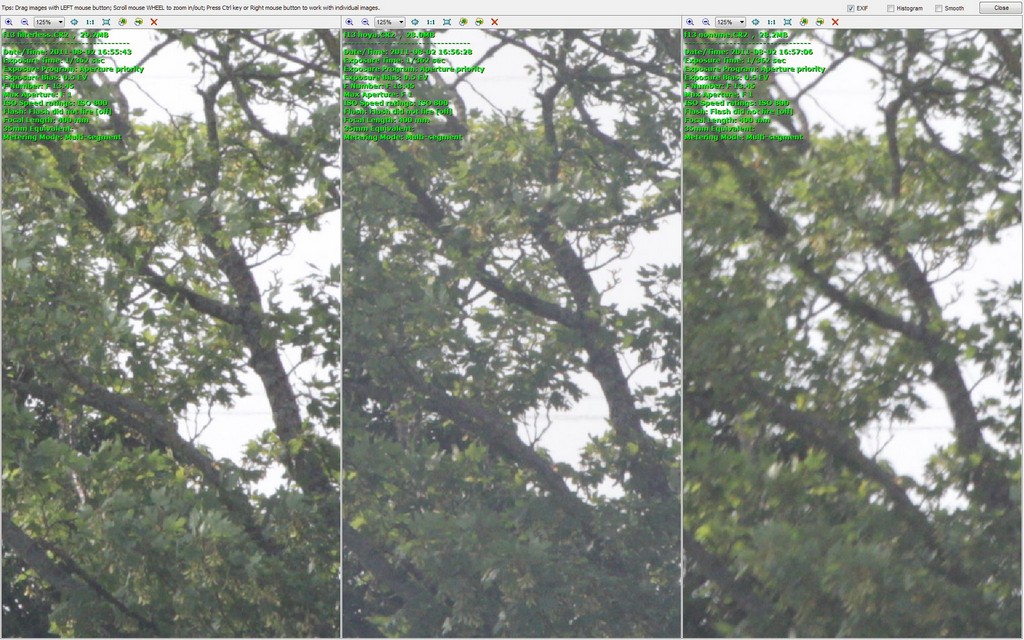- Messages
- 23,537
- Name
- Toni
- Edit My Images
- No
When I started in film photography 30+ years ago I was taught that you always put a skylight filter on the your expensive lenses to protect the front element and to cut out haze.
On another forum we had a brief debate on skylight filters. It seems that they can seriously degrade image quality (there were with & without images to back up claims - in this case it was true). It was also observed that rather than protect a front element from damage, if a filter got broken then shards of glass were more likely to scratch the front element than if just the lens cap had been left in place.
So what's the current take on this: do you always put a filter on or are they a bad idea?
On another forum we had a brief debate on skylight filters. It seems that they can seriously degrade image quality (there were with & without images to back up claims - in this case it was true). It was also observed that rather than protect a front element from damage, if a filter got broken then shards of glass were more likely to scratch the front element than if just the lens cap had been left in place.
So what's the current take on this: do you always put a filter on or are they a bad idea?


